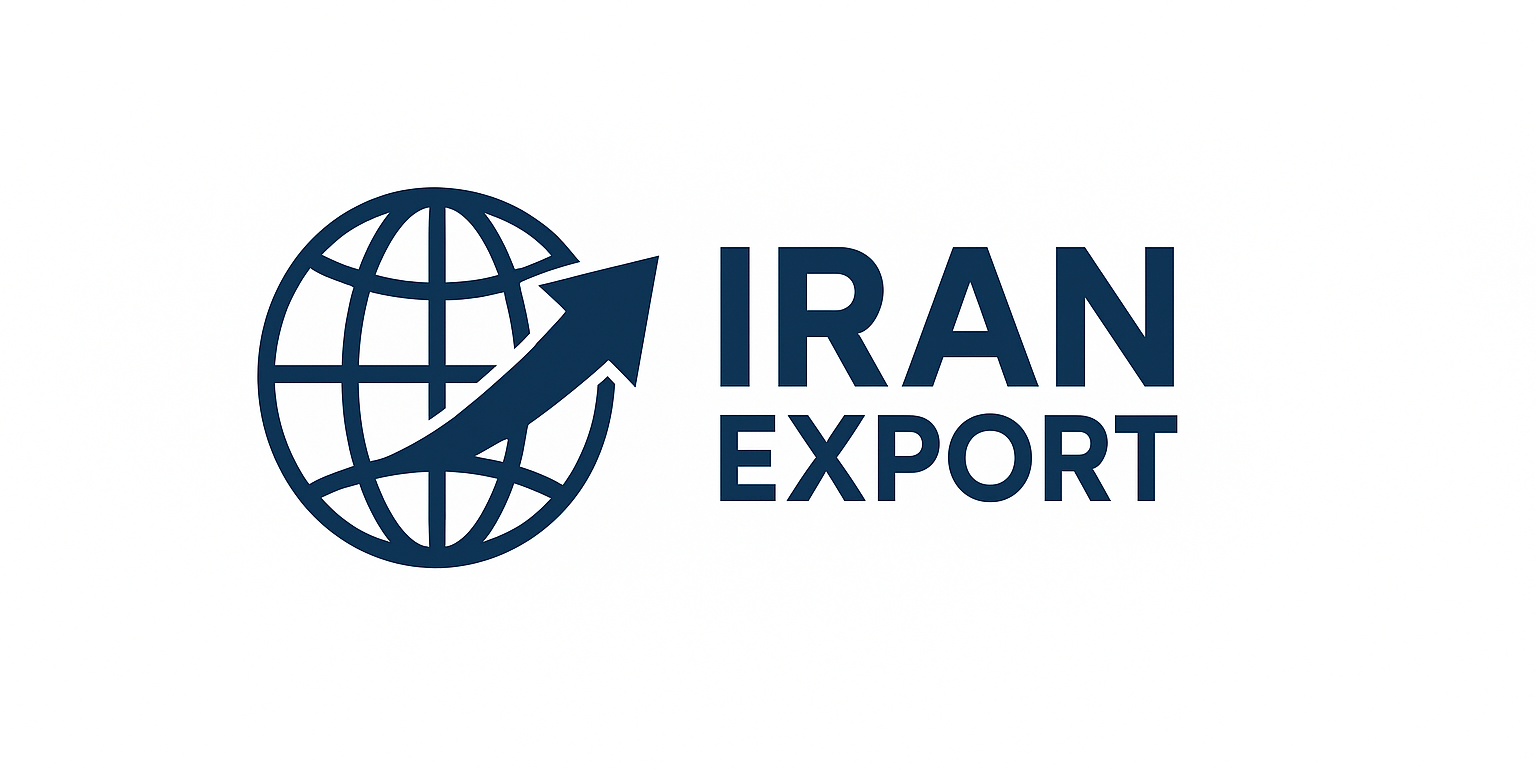Woodturning (Kharrati) and marquetry (Moarraq) are traditional Iranian woodcrafts that require high levels of manual skill and specialized tools. In woodturning (Kharati), wooden objects such as bowls, vases, and decorative bases are shaped using a lathe. Marquetry (Moaragh) involves creating intricate designs by carefully assembling small pieces of colored wood, bone, shell, and metal. Both arts demand expertise in wood types, design precision, and color coordination.
Due to their handmade nature and high added value, these crafts significantly contribute to local employment, especially in cities like Isfahan, Shiraz, and Yazd. Most raw materials are sourced domestically, and the customized, artistic nature of the products allows for favorable profit margins for artisans.
Iranian woodturning and marquetry items are well-received in international markets, particularly in Arab countries, Europe, and East Asia. The cultural authenticity, fine craftsmanship, and functional variety—from wall art and jewelry boxes to ornamental furniture—make them attractive export goods in the handicrafts sector.
Iran benefits from a rich heritage, skilled artisans, diverse traditional designs, and the ability to fuse art with function. These strengths position the country to offer unique products that appeal to both traditional and contemporary tastes, making it stand out in the global handicrafts market.
